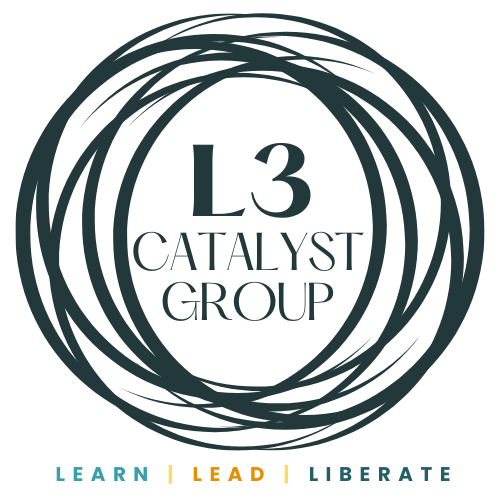
I'm trying something new! As I grapple alongside clients and colleagues, I wonder if it would be helpful to share resources in more quickly digestible snippets. You are invited to comment below each Quick Note with your thoughts, reactions, wonderings, or additions. Let's give it a try!
There Is No Liberation Without Practice
"Offering feedback is one method of learning about what is working and what could be improved. Offering feedback is not about judging skills, knowledge, and understanding; neither is it about hurting feelings. Often our habit is to say what we like publicly and what we dislike privately and to someone else."
- Dismantling Racism
Don't you love the satisfaction of a quick solution, an item handled, a checklist item marked complete?!
I'm often asked to help leaders and teams increase their ability to engage in conflict, across difference, in difficult conversations. Growing this capability takes practice.
Giving and receiving feedback is a crucial skill. It can be hard to give and receive constructive feedback, especially for those of us whose identities bring more power.
Dismantling Racism Works provides this list of tips for giving constructive feedback, particularly when talking about issues of oppression such as racial equity, LGBTQ+ inclusion, etc. This is related to liberation. Here are posts with more information on what is meant by liberation.
- Talk in the first person –“I felt...”or“When I heard you say . . . I had this reaction” show that you are speaking for yourself and avoiding general or global conclusions.
- Be specific – Focus on the particular action or statement. Avoid saying things like “You always . . .” or “You keep on . . .” and give a specific incident or example.
- Challenge the idea or action, not the person – Stick to the actions or behaviors that a person can do something about.
- Combine recognition of what worked with a challenge to improve – Be as specific as possible about what worked and speak to the reasons it worked.
- Ask questions to clarify or probe the reasons – Assume that people have a reason for what they do, and ask them to explain it so you can give more credible feedback.
- Identify the bridges – It helps to acknowledge when you act or think in a similar way.
- Wherever possible, make specific suggestions for alternative approaches – Questions like “Have you considered . . .” or “What would happen if we tried . . .” open up possibilities. Using ‘we’ suggests this issue is of interest to the whole group. Encourage a range of solutions to make the point there is more than one way to do it.
Read more about this and other Action Tools by Dismantling Racism Works (dRworks).
Using these tips, you can facilitate spaces of trust where people learn to grow from their experiences and mistakes.
I wish you courage and resilience for the leadership and learning journey.


October 5, 2022




Comments